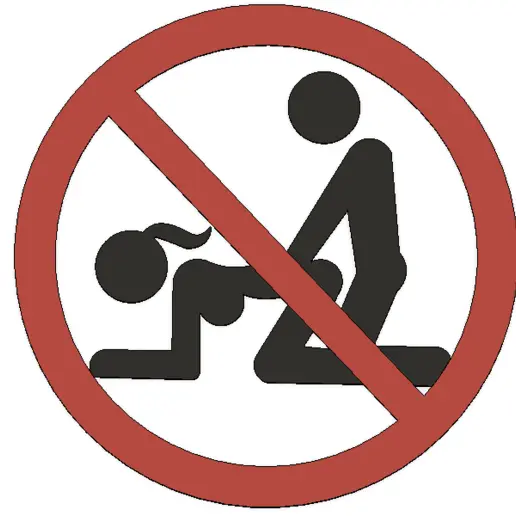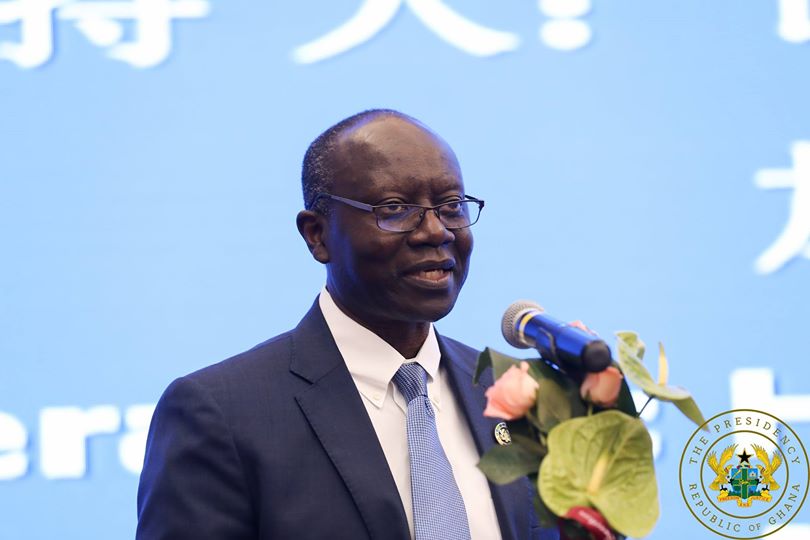President John Dramani Mahama has said that with far reaching interventions by government and expectation of more domestic gas from the TEN and Sankofa Fields, “Ghana is entering into an era of energy self-sufficiency.”
“It has taken a lot of hard work and effort,” he told Parliament on Thursday, adding “fast tracking the deployment of emergency plants and speeding up the completion of ongoing plants ensured that we added more than 800MW of power over an 18-month period.”
The President, who was delivering his final State of the Nation Address in fulfillment of Article 67 of the 1992 Constitution, said the move significantly increased the country’s power generation.
In addition, the Energy Sector Levy and ongoing works to restructure the legacy debt of the power utilities had helped to stabilise the power situation, he said.
“The early years of this government was characterized by a crippling power crisis,” President Mahama said.
He said the power shortage led to “a very unpopular load management programme,” and also hobbled growth of the economy which affected both business and residential customers.
“Many businesses had to resort to the use of generators to survive,” he said.
He also said warning signals had started sounding about the danger of over- capacity and excess redundancy in the power sector.
“We have agreed to work with the World Bank to rationalise the addition of new plants and ensure that we achieve optimum utilisation of existing capacity,” he said.
“Access to power under my administration has continued to increase,” he said, adding; “Ghana has one of the highest accesses to electricity estimated to be above 80 per cent currently.”
“Additional pending electrification programmes like the China Water Company and the Hunan Energy projects will bring even more communities onto the national grid,” he said.
GNA




















